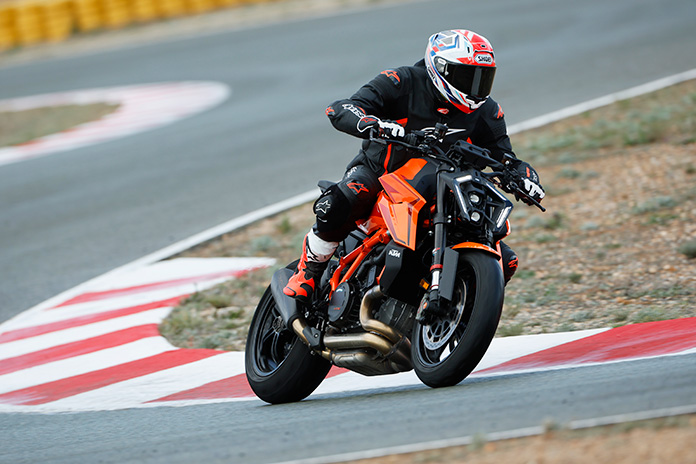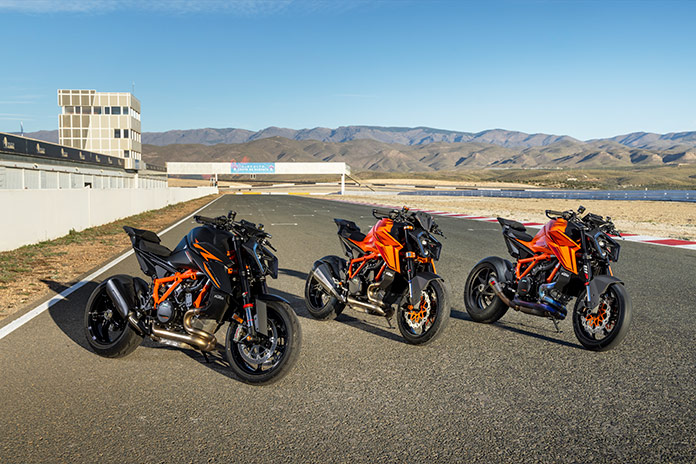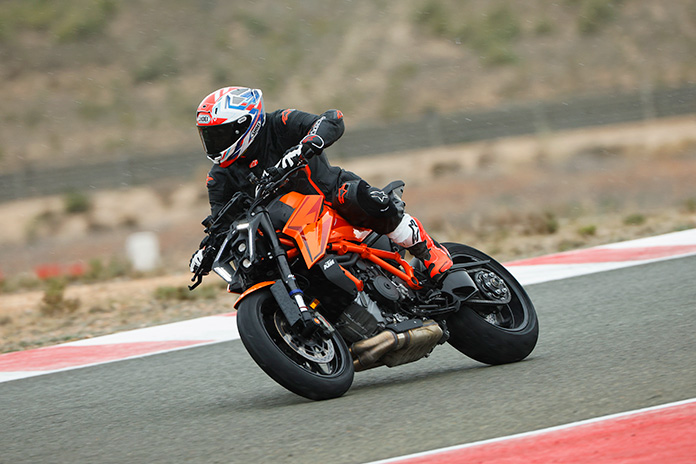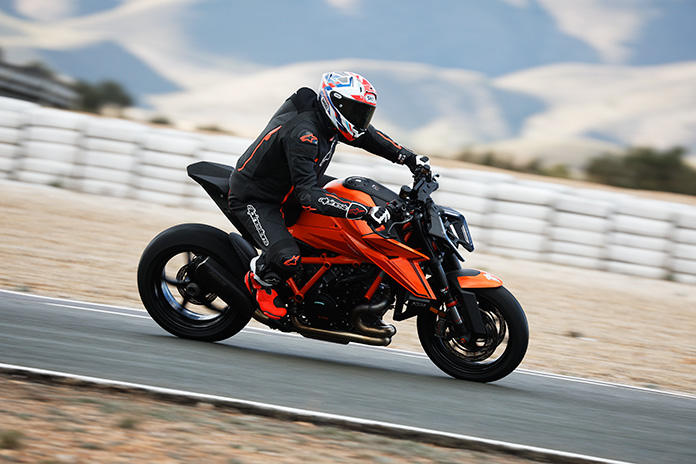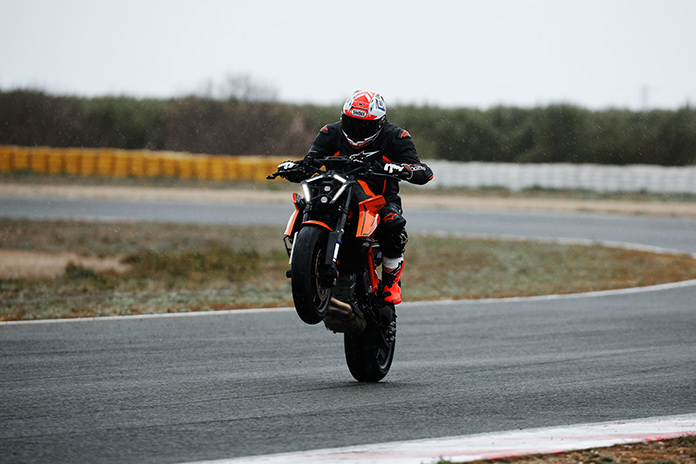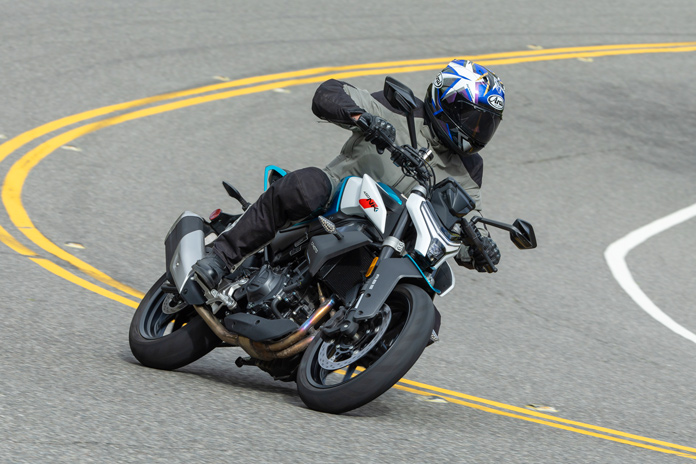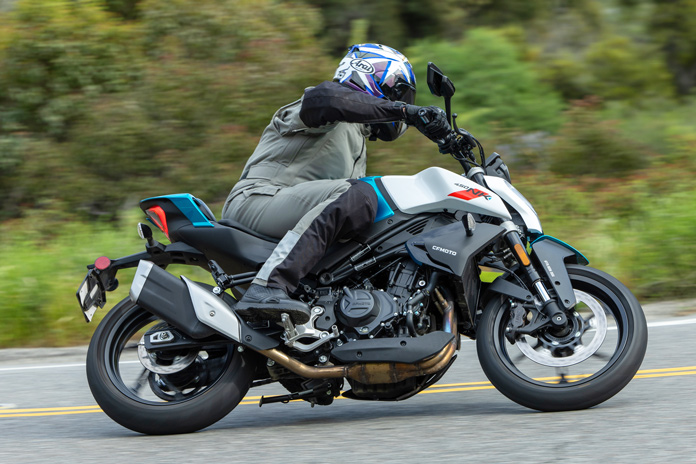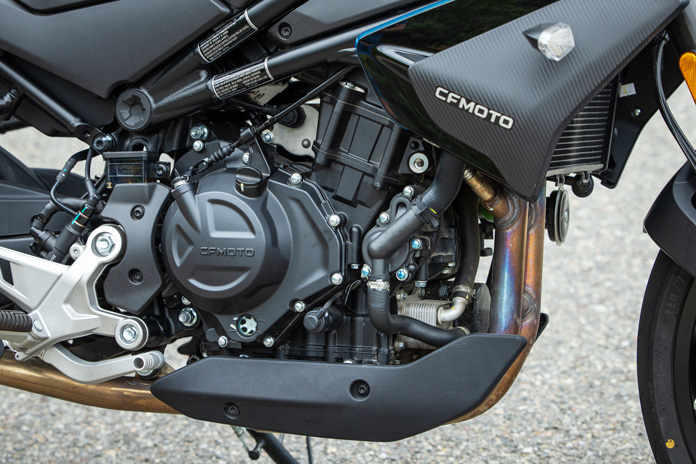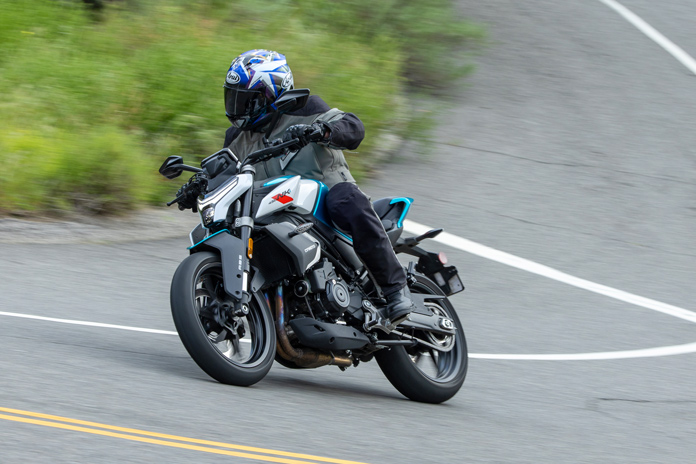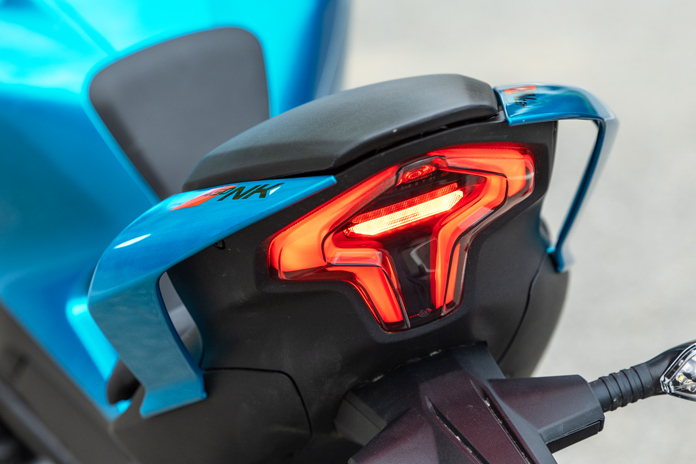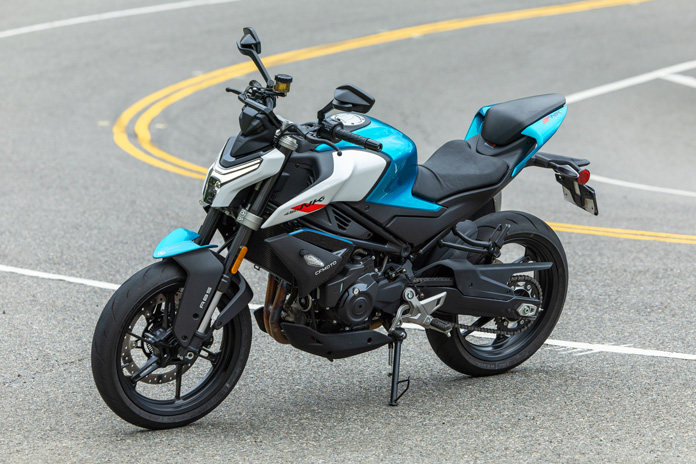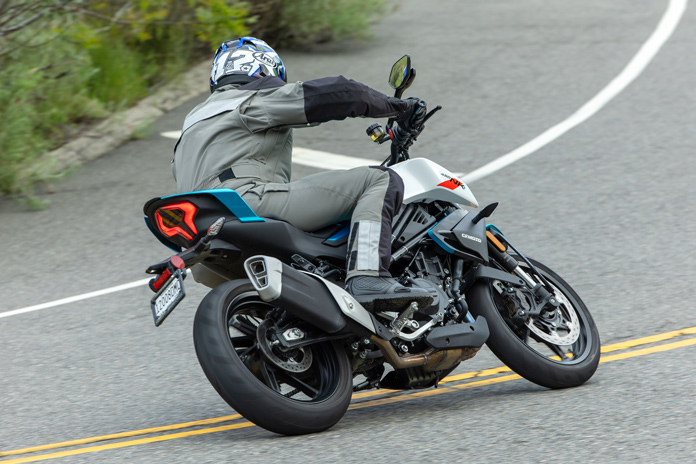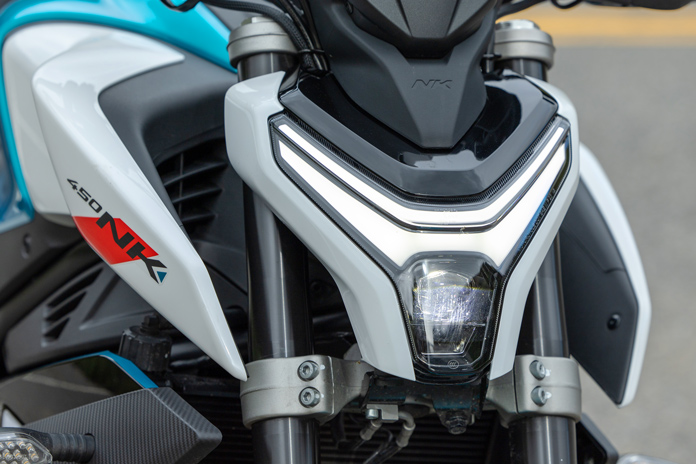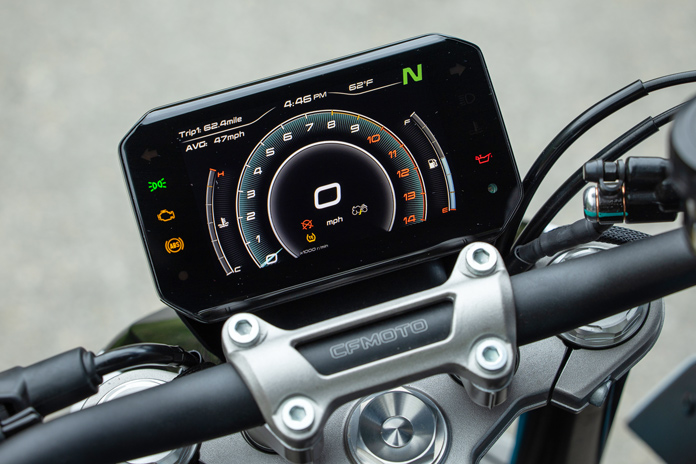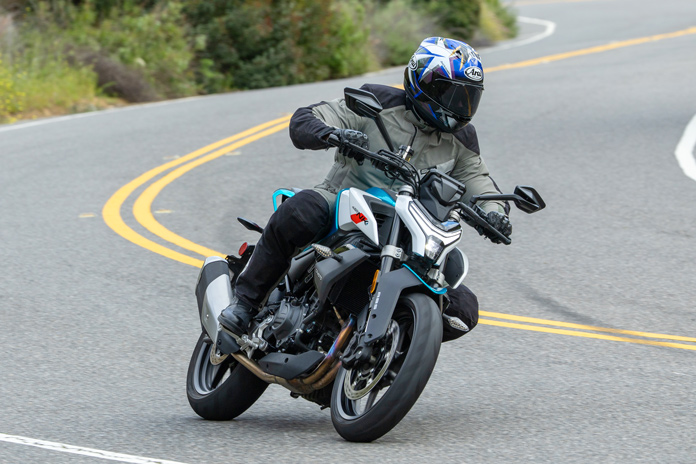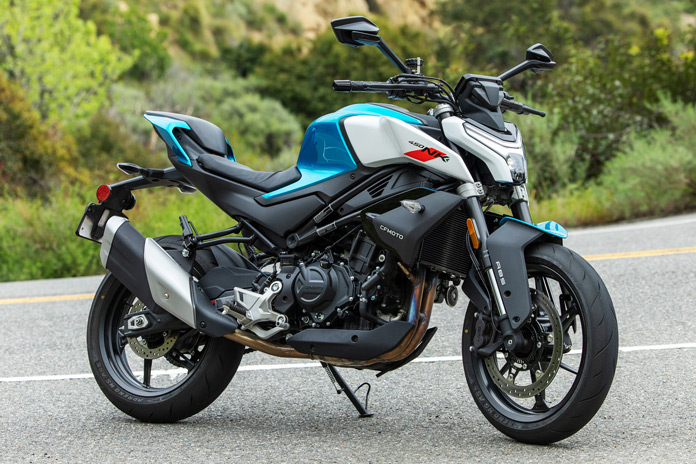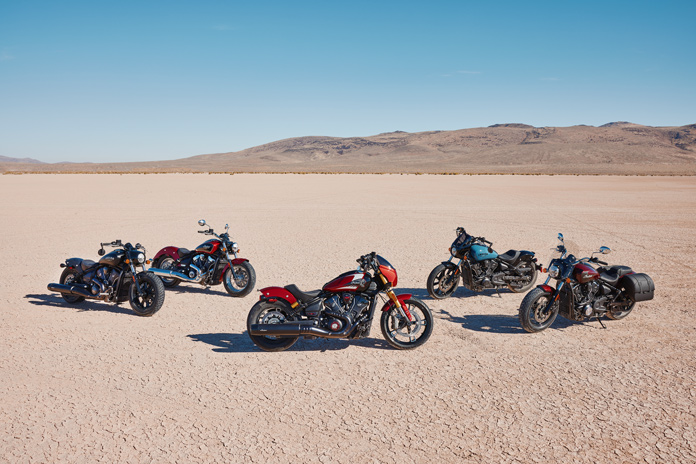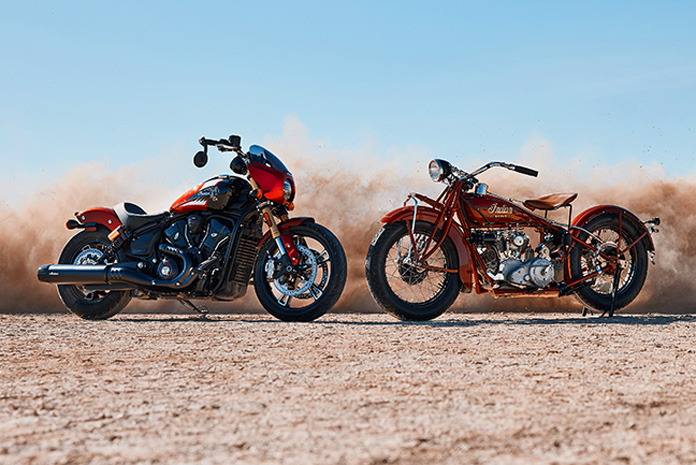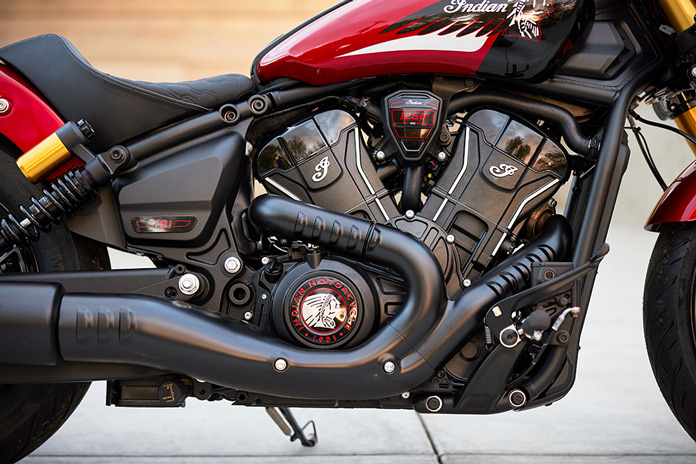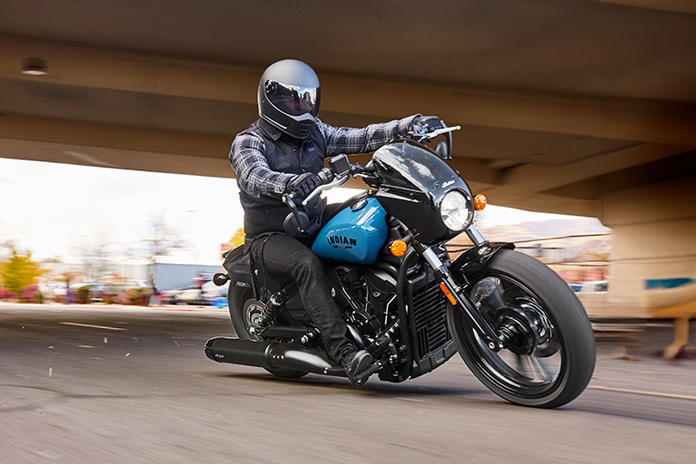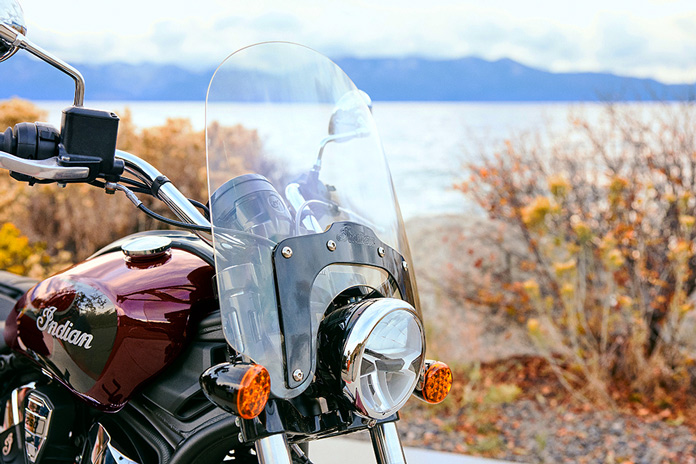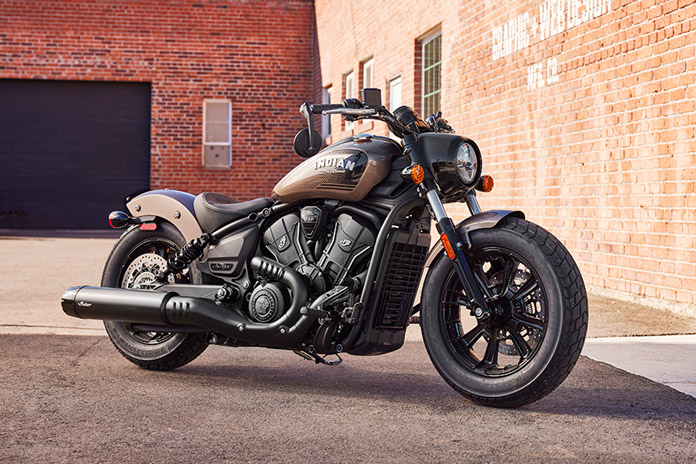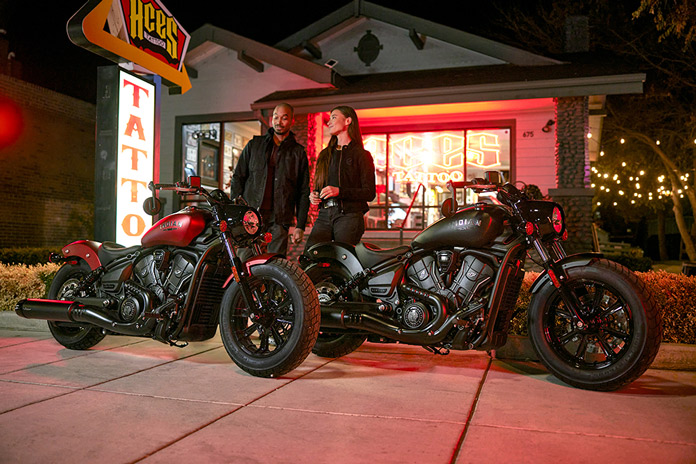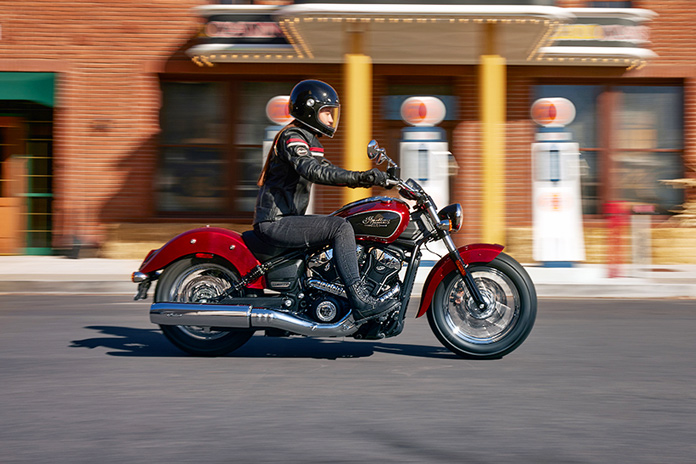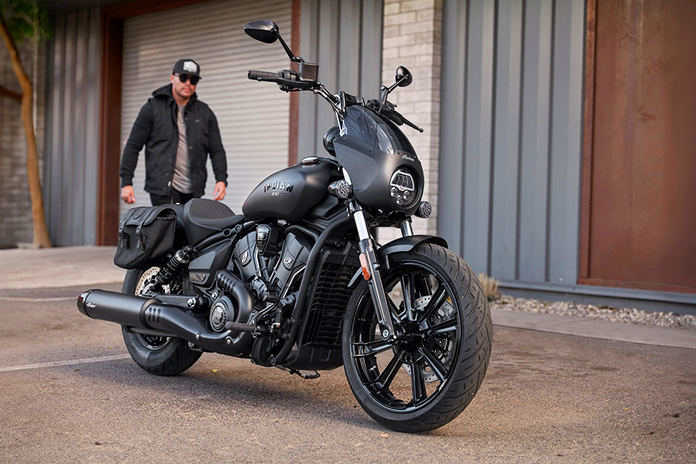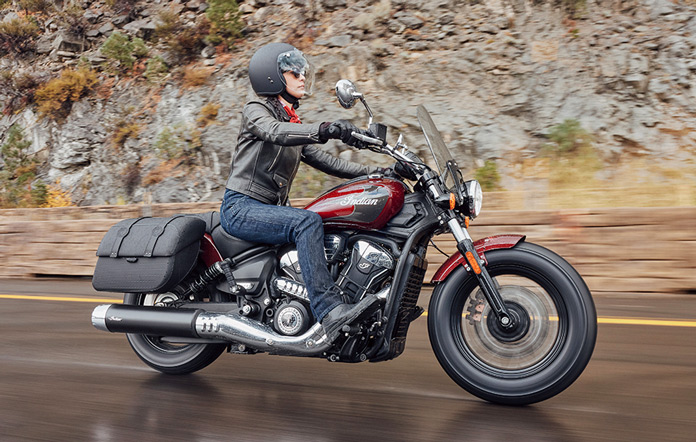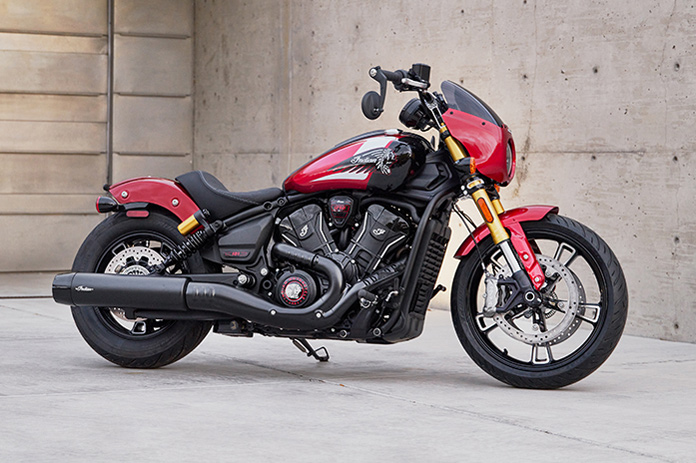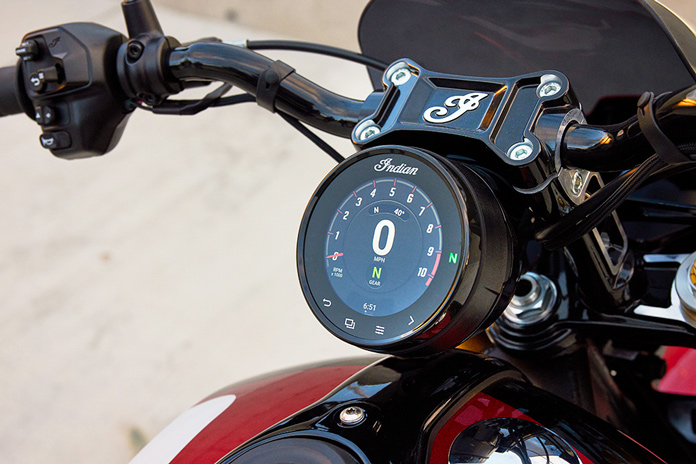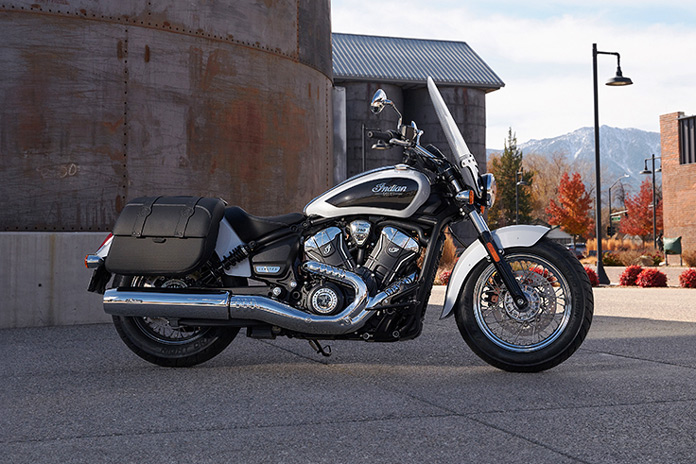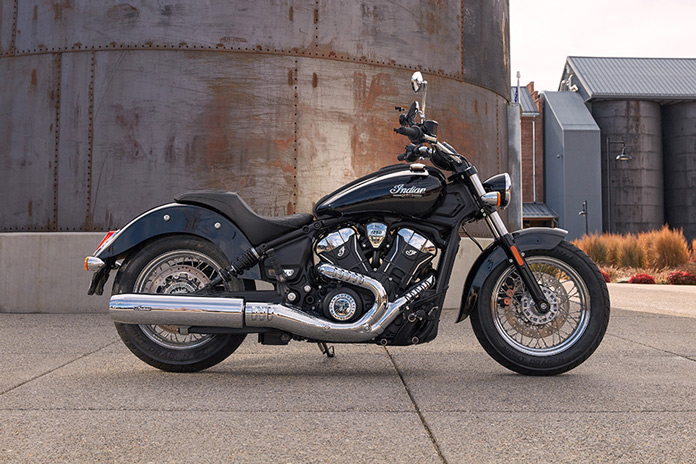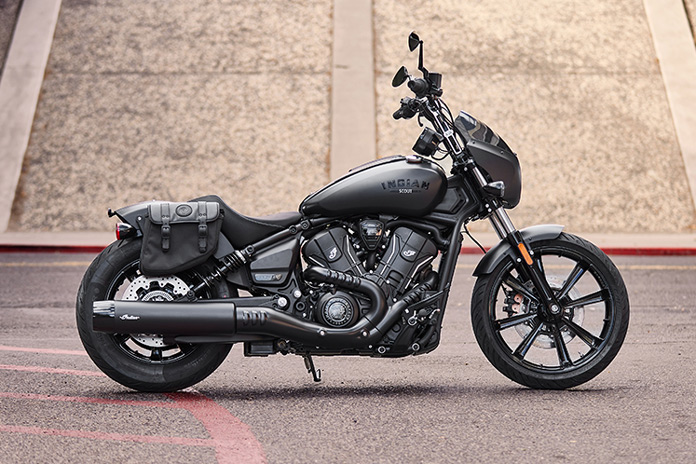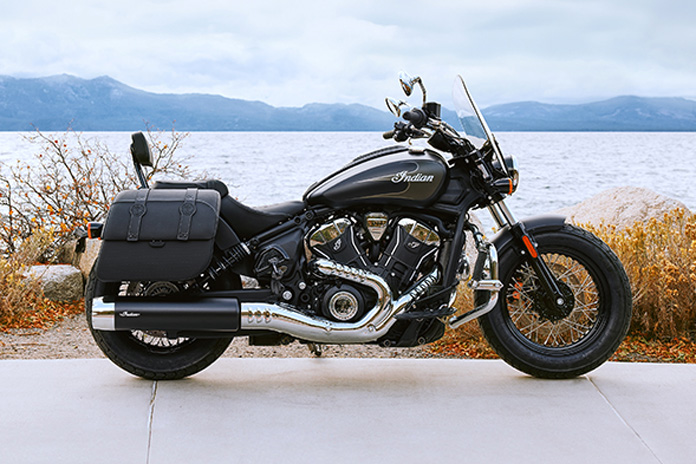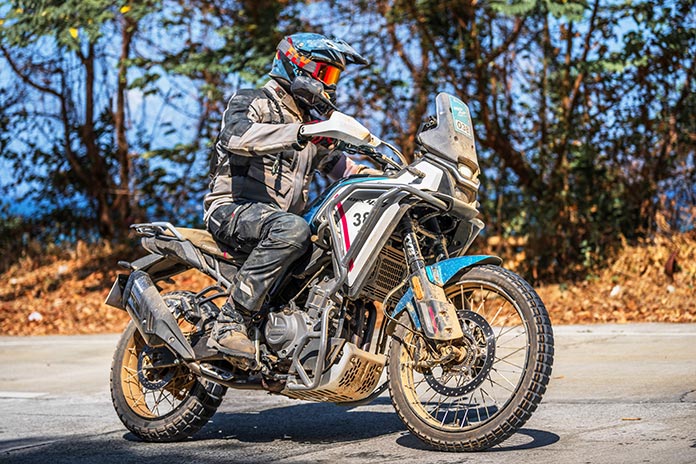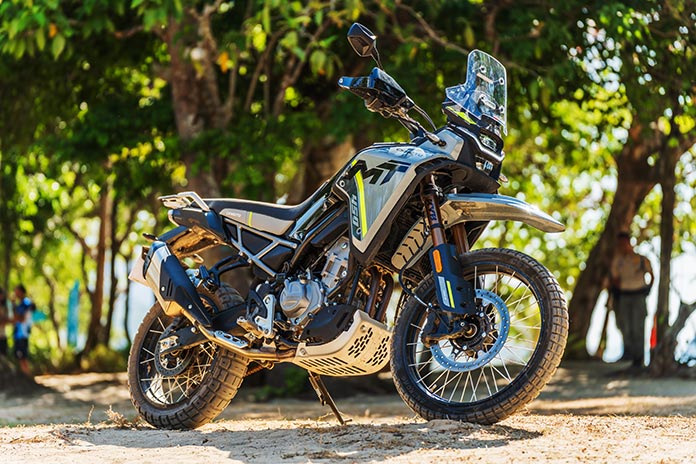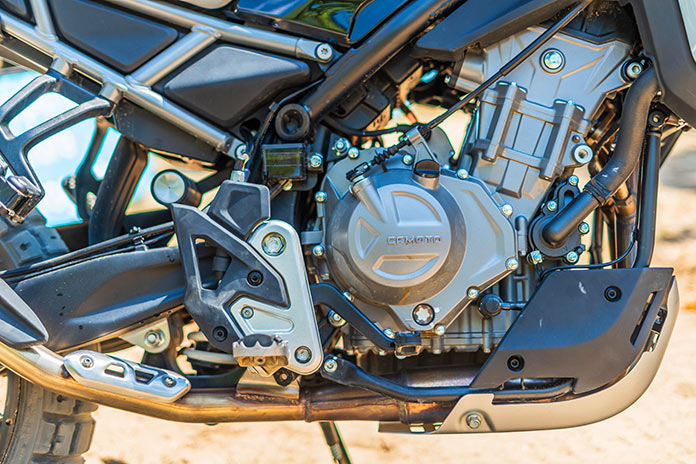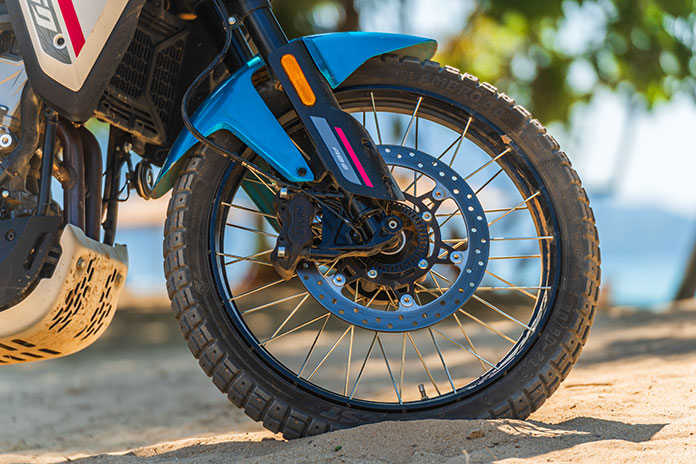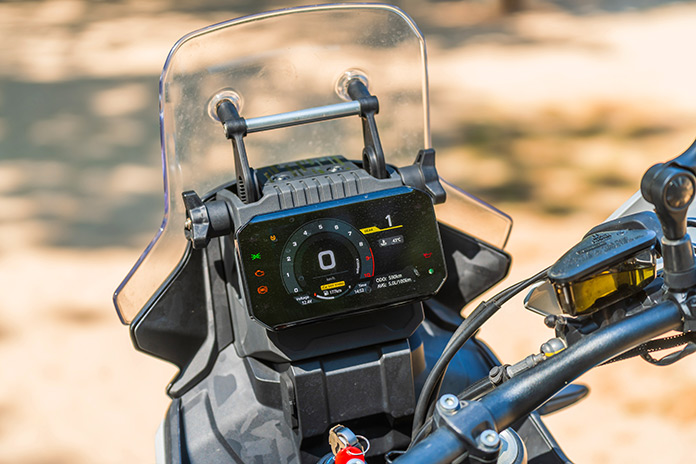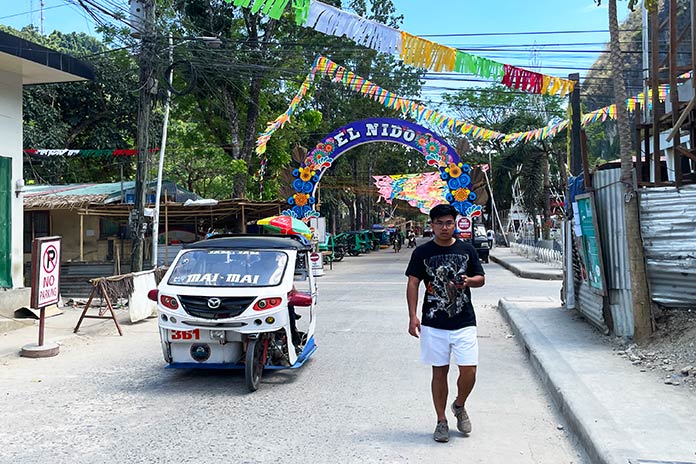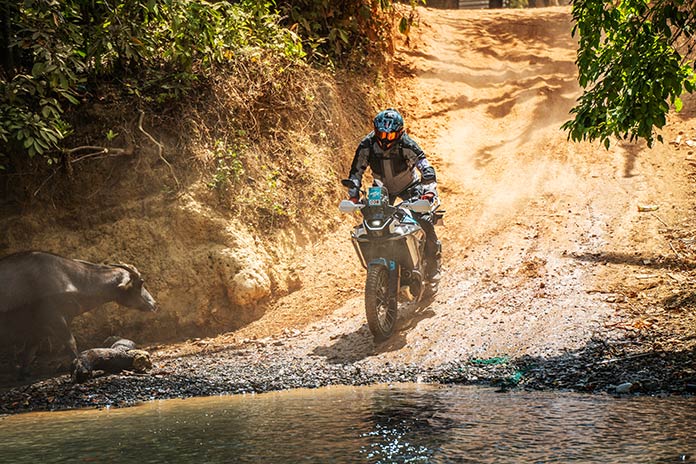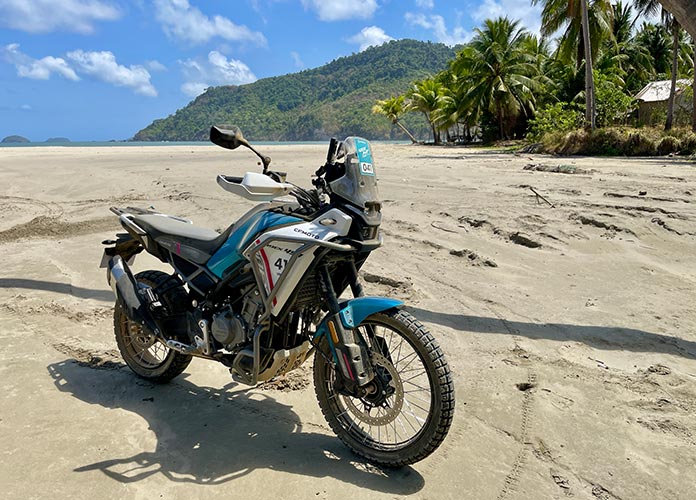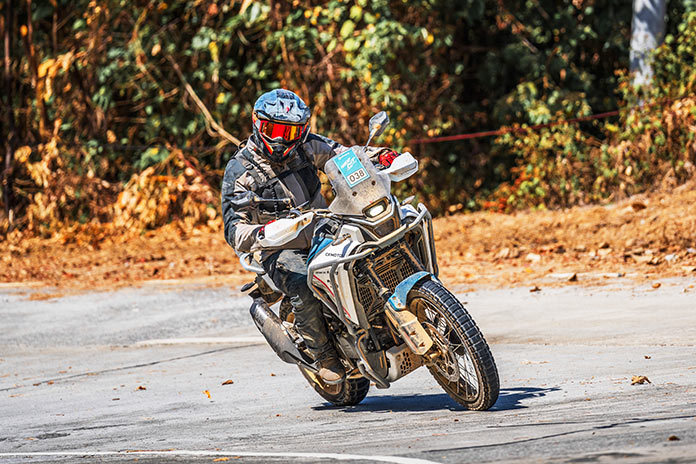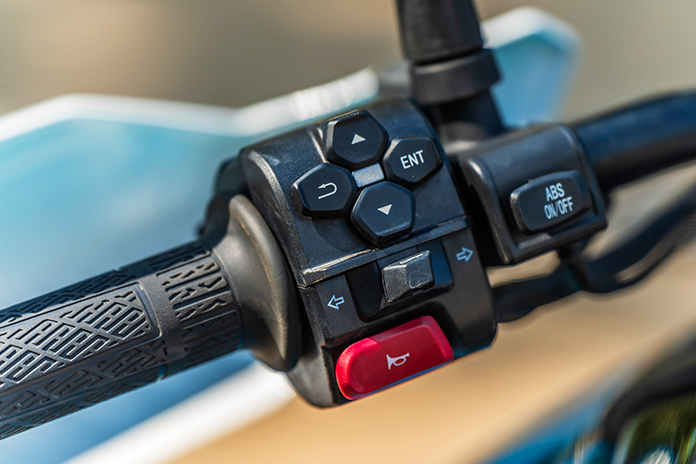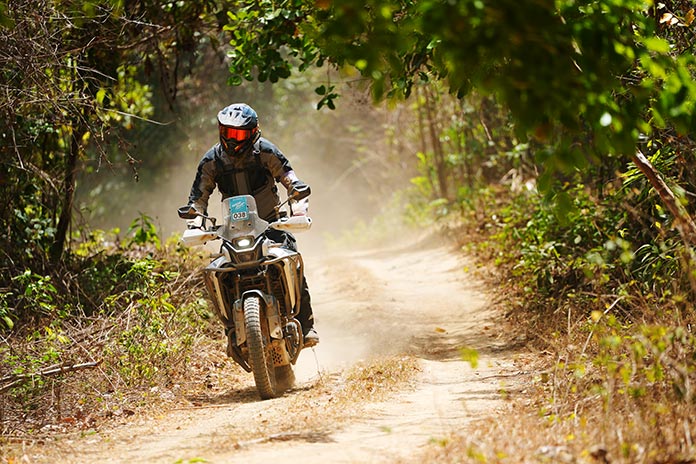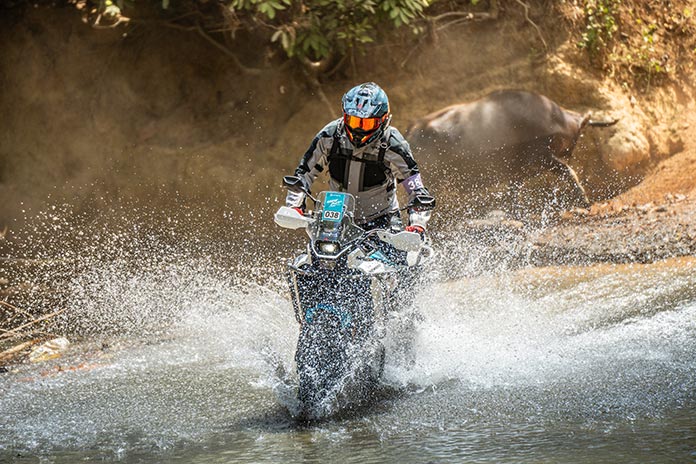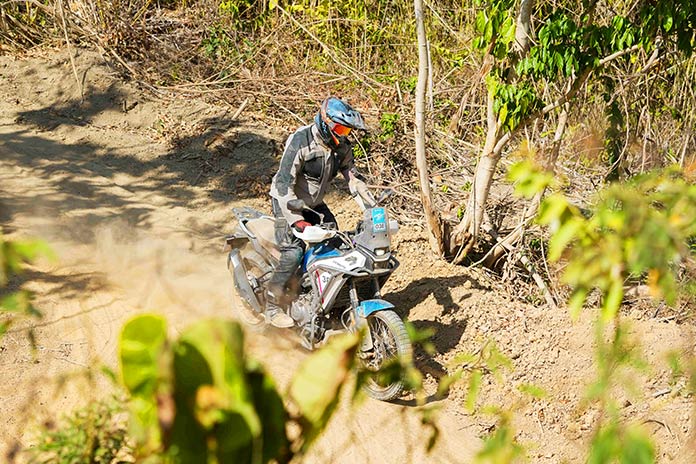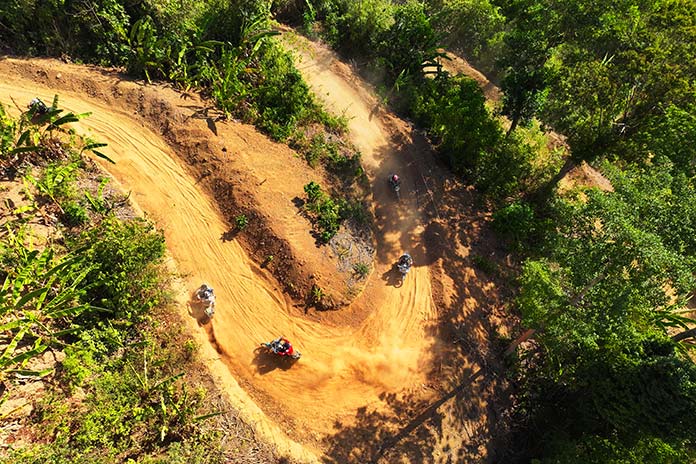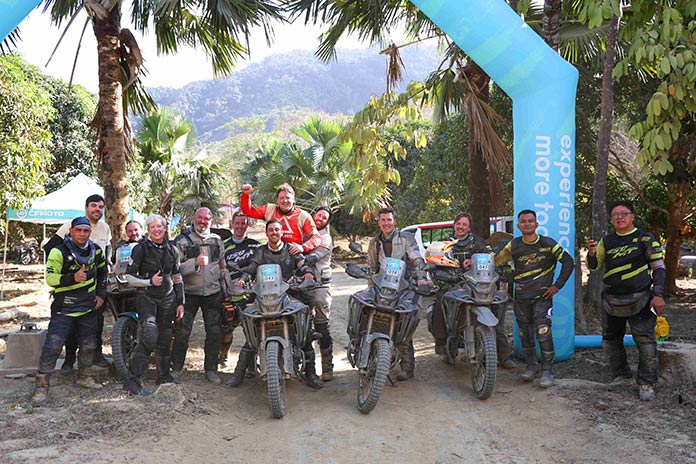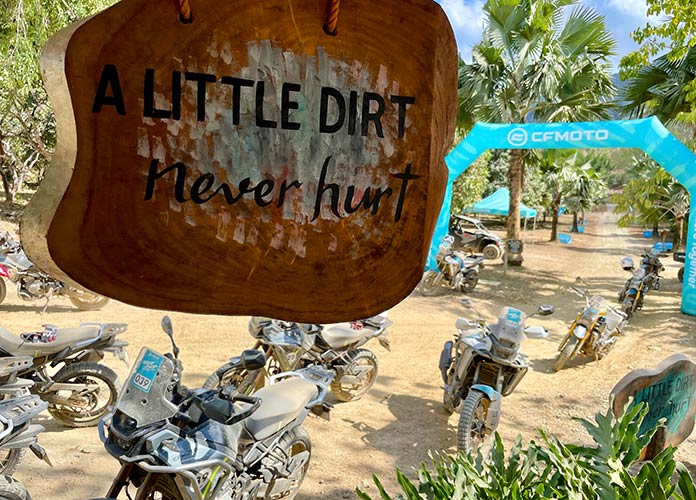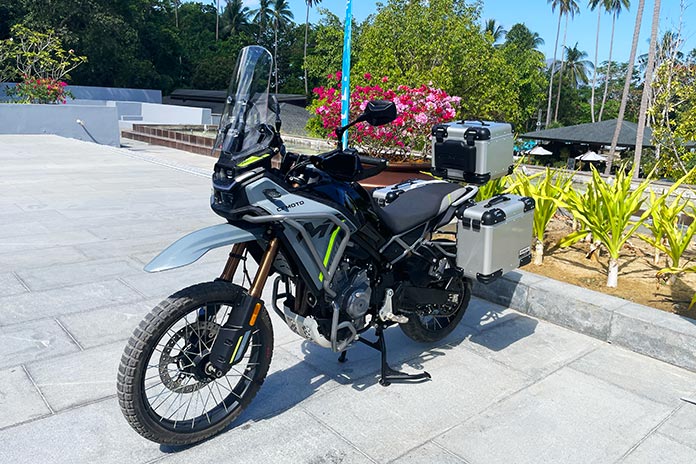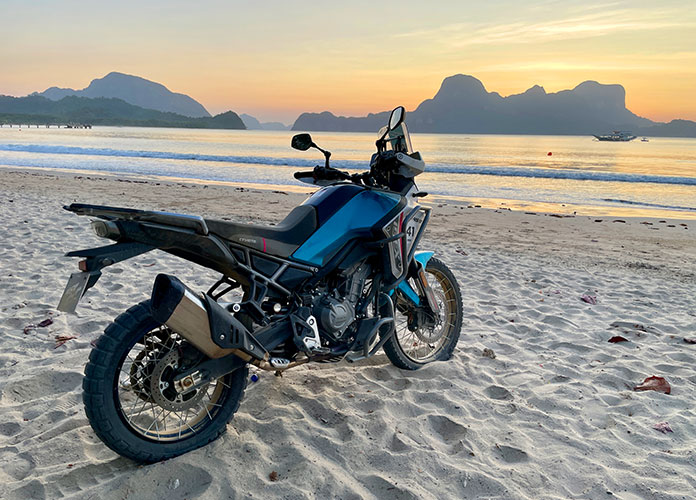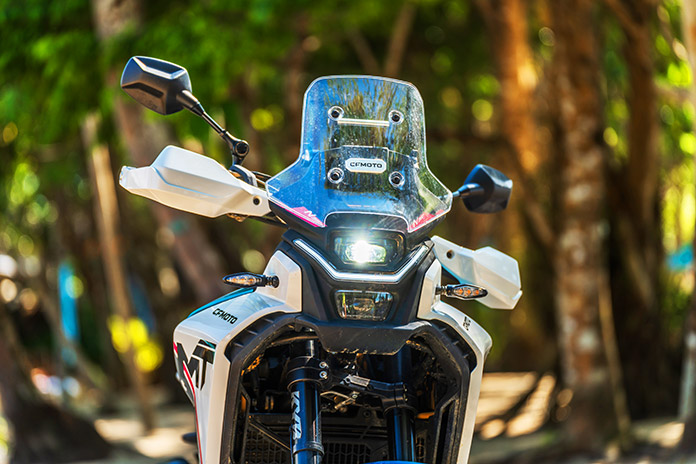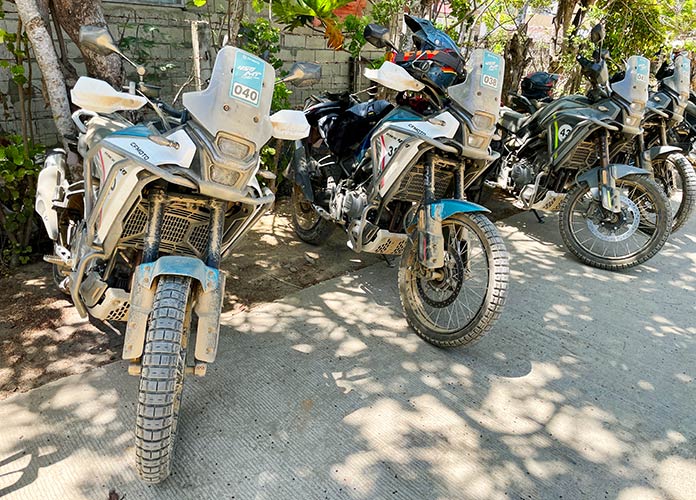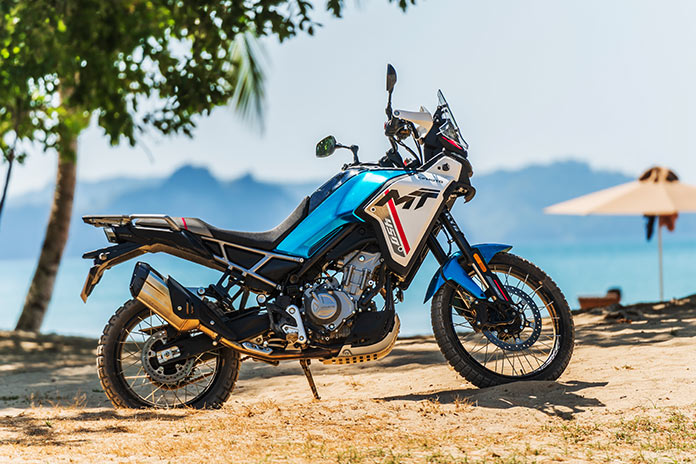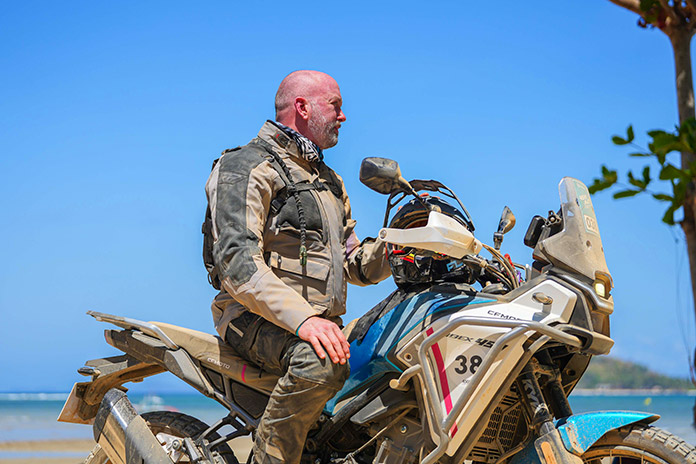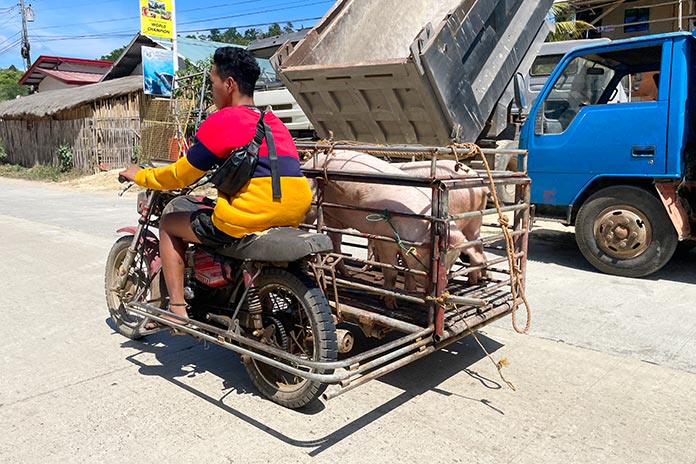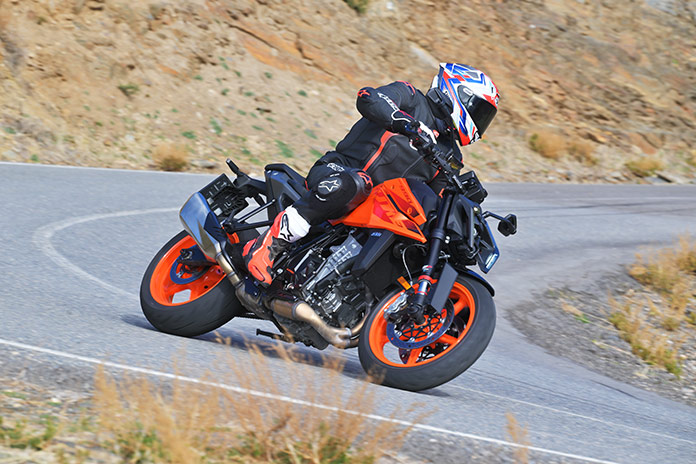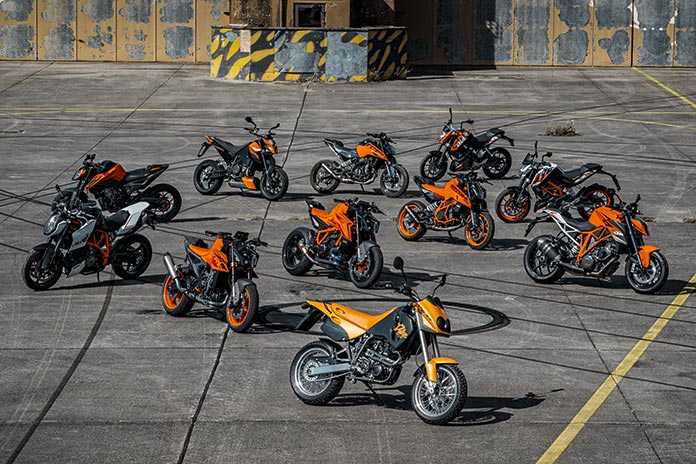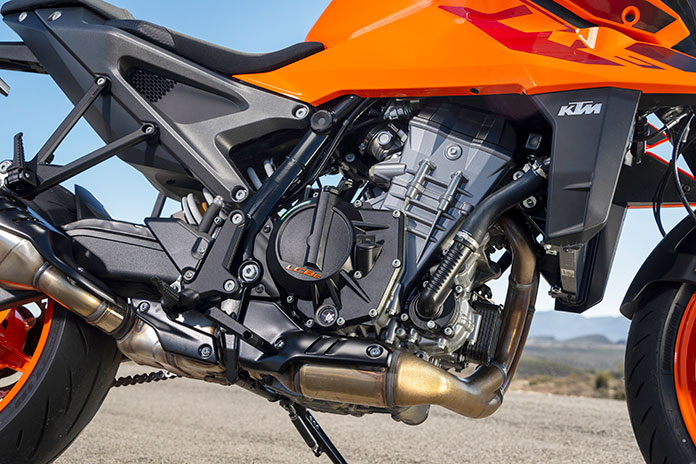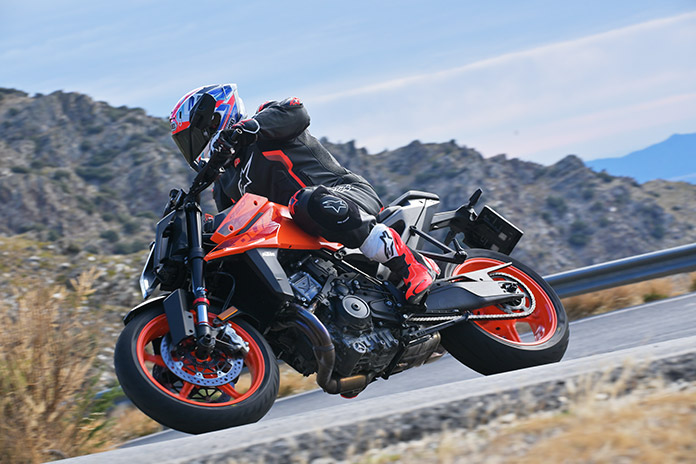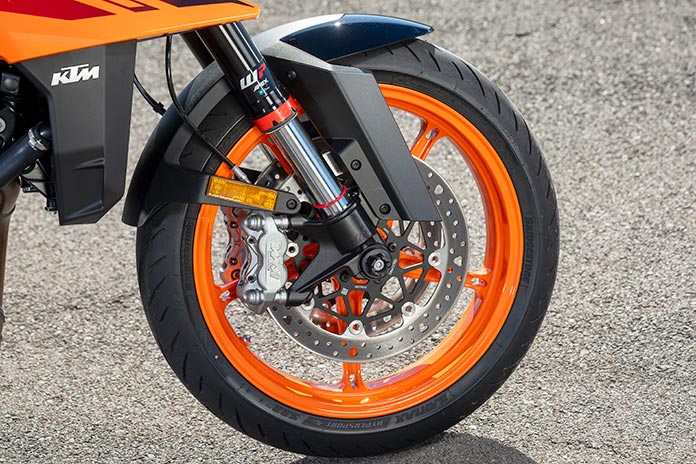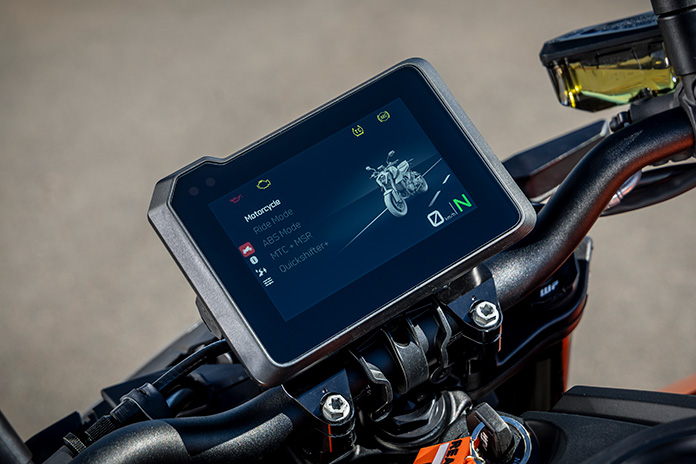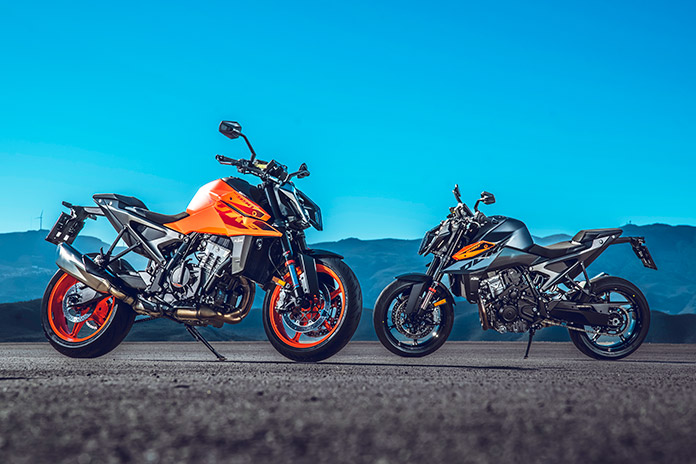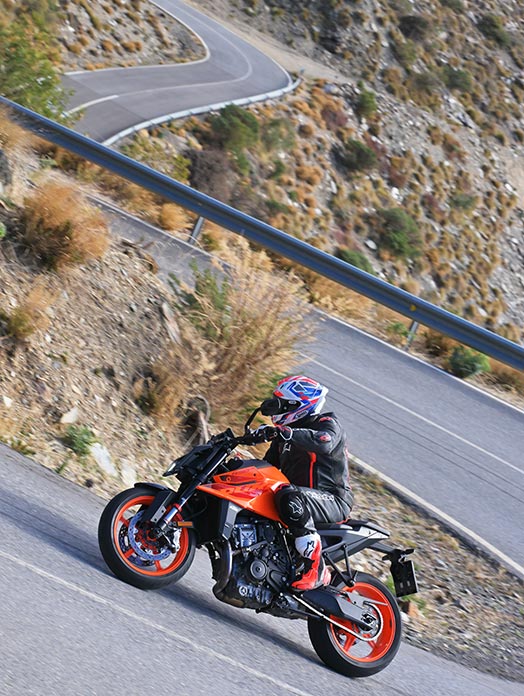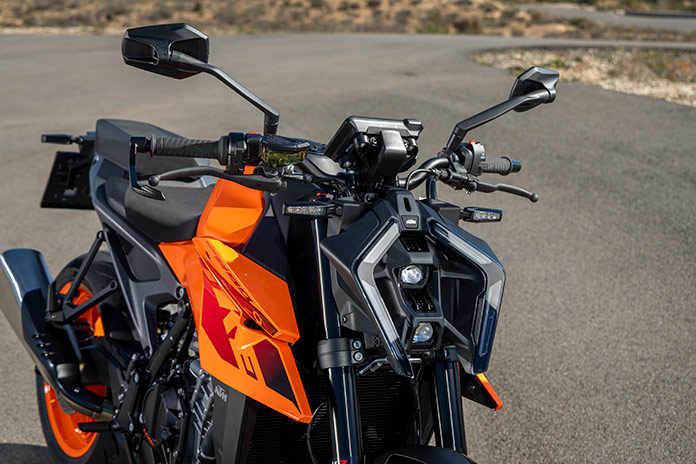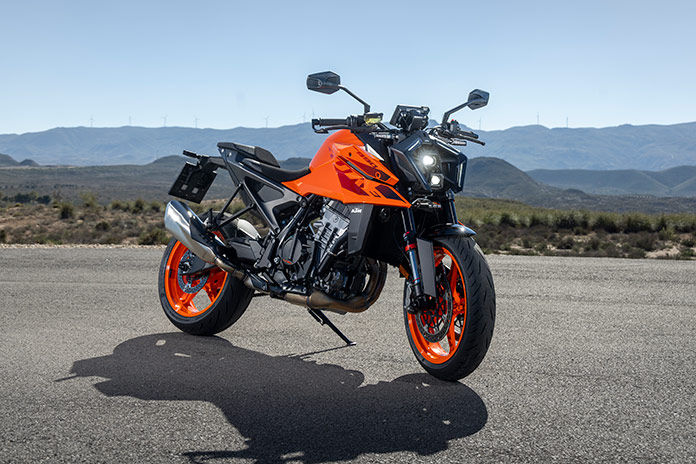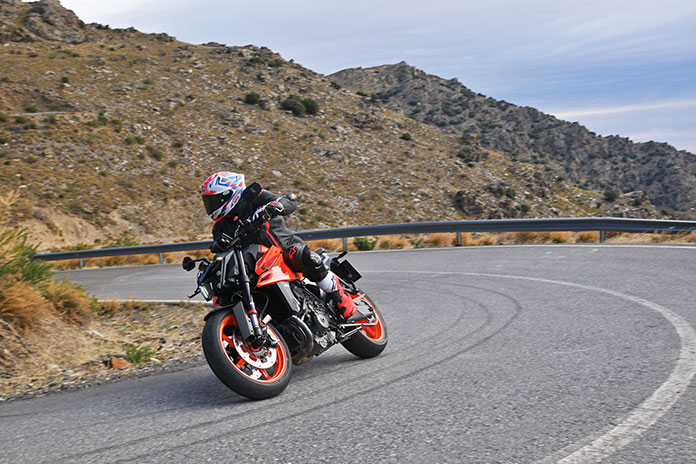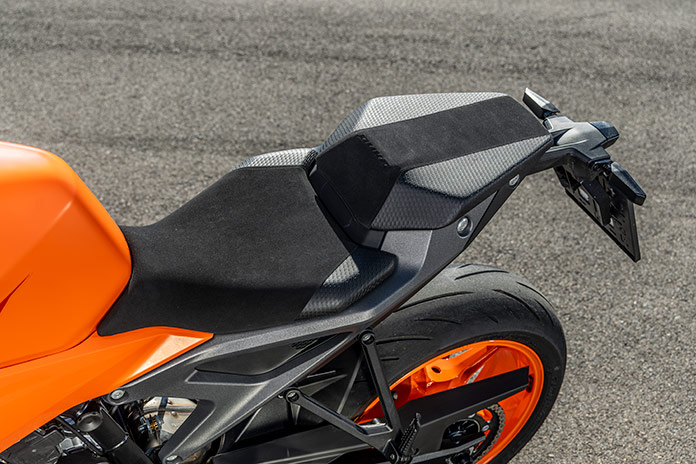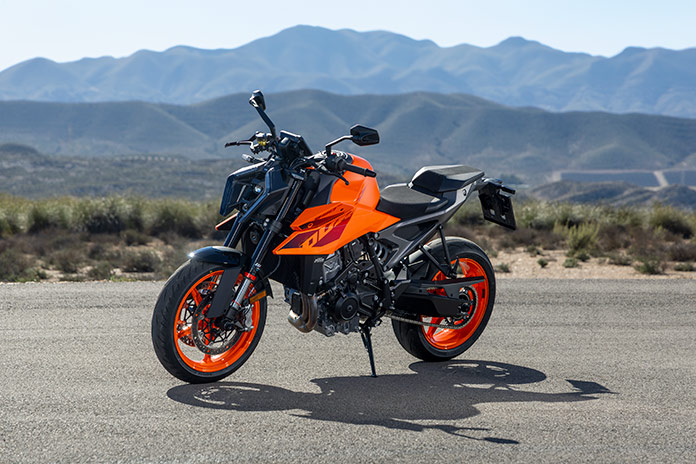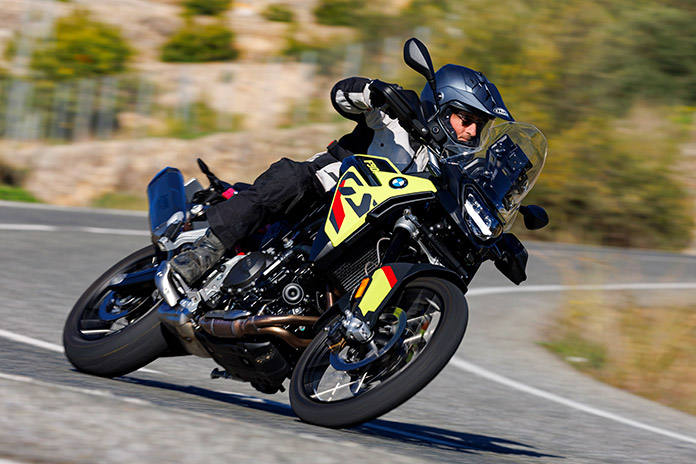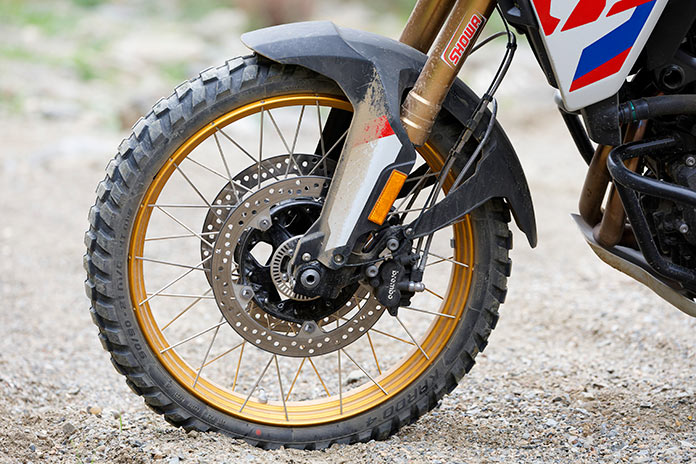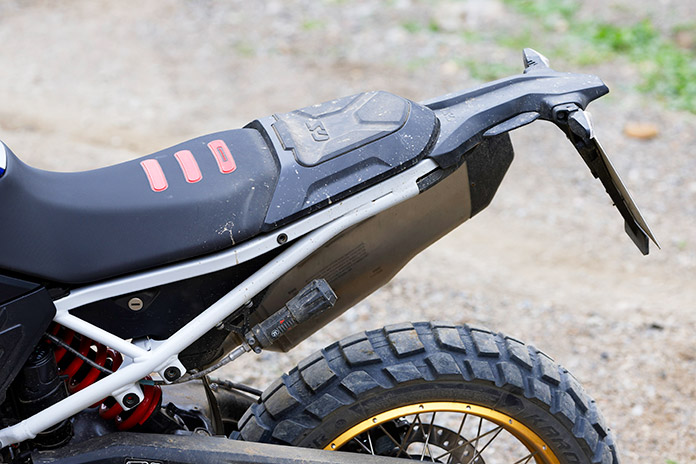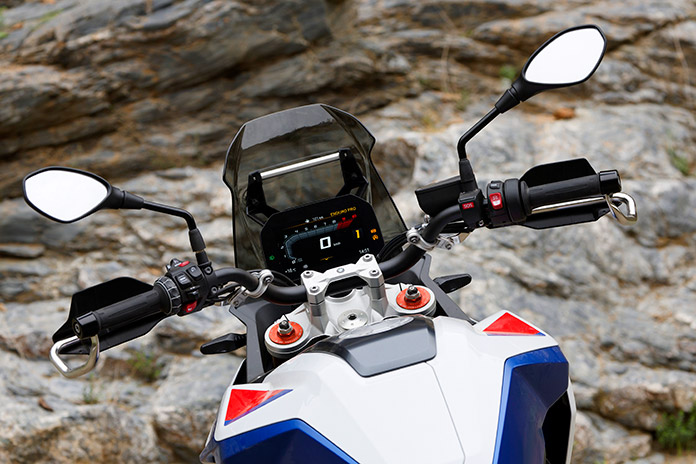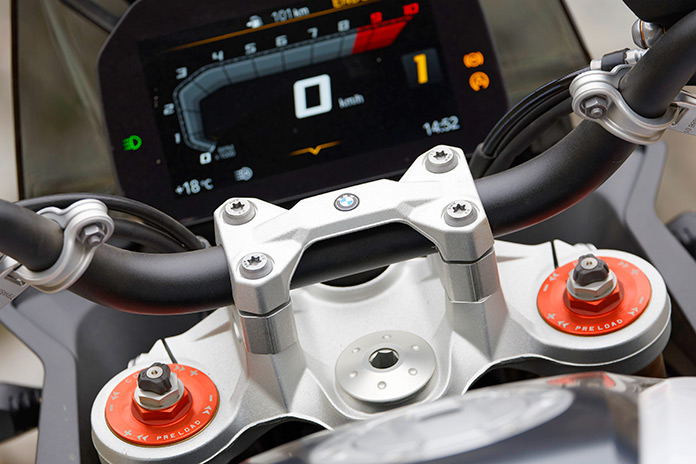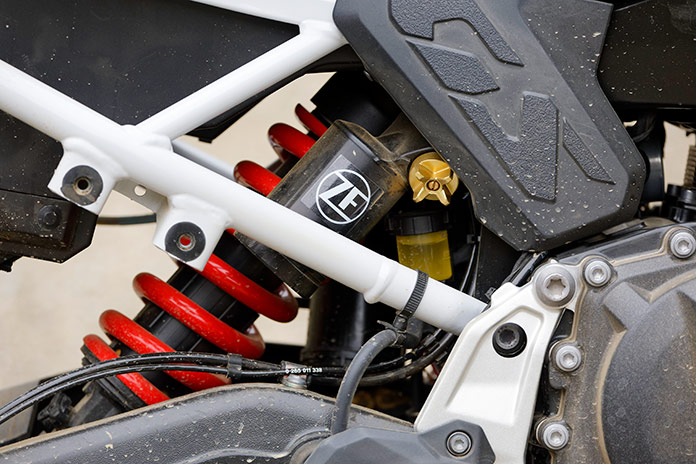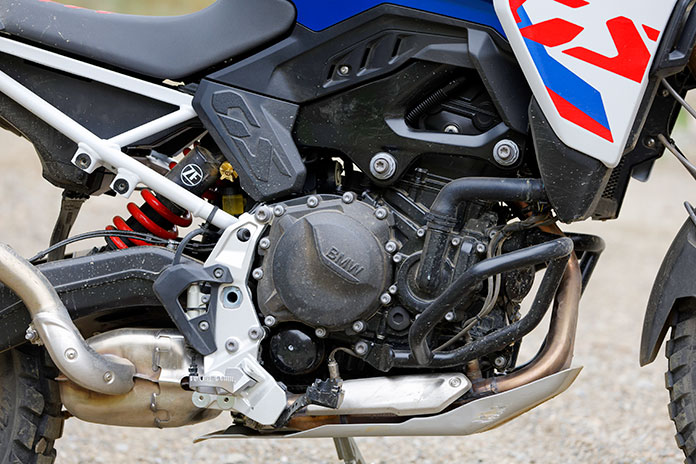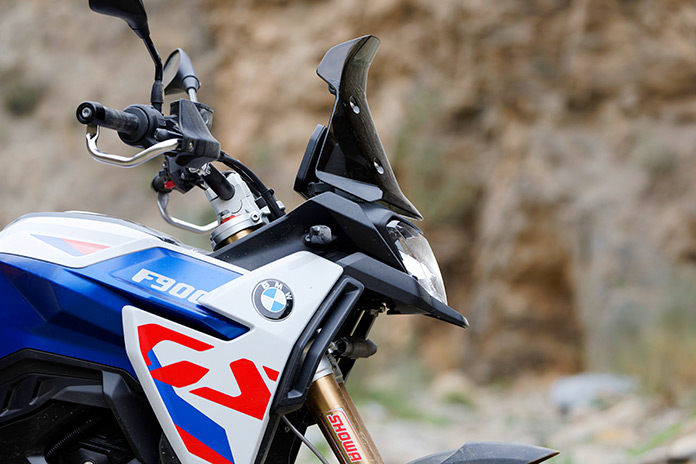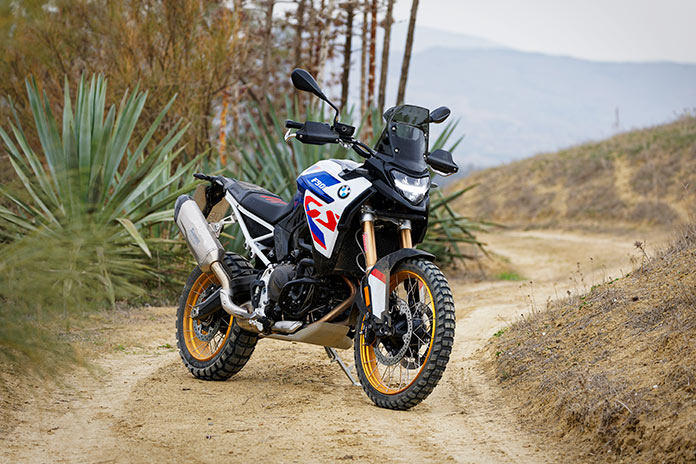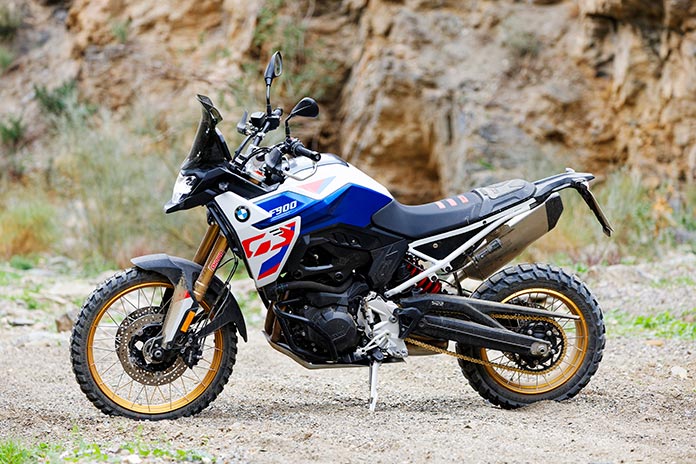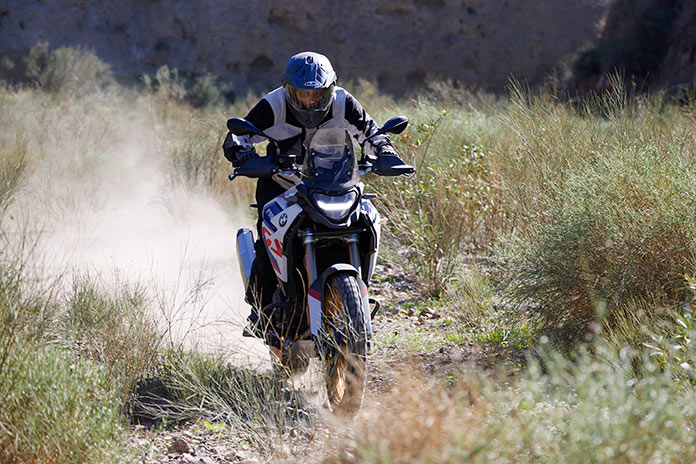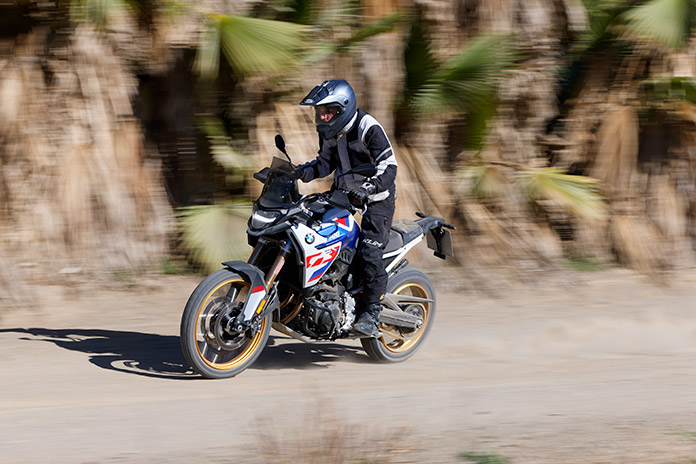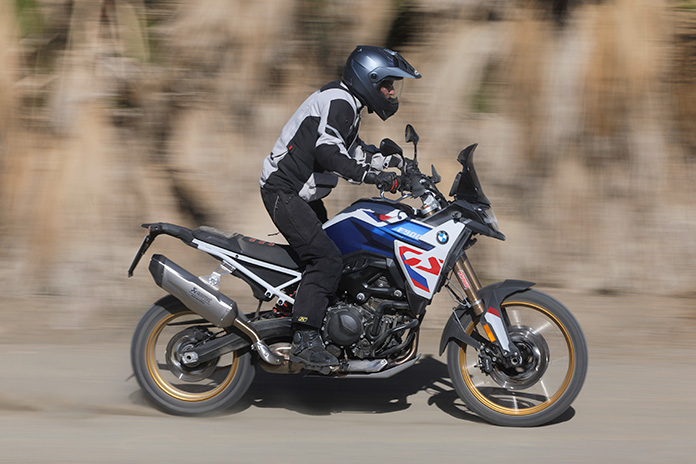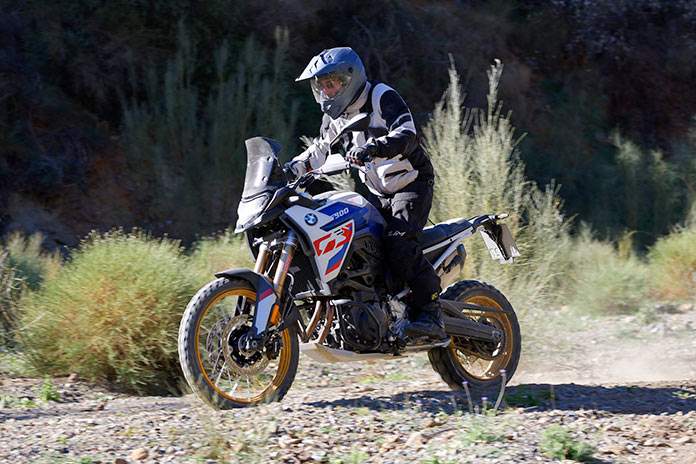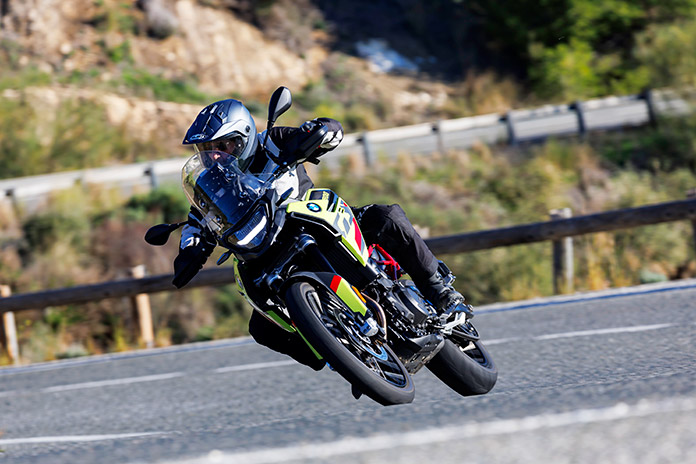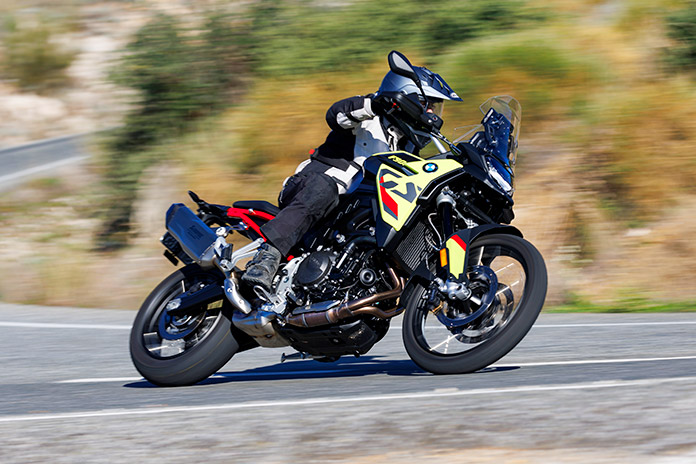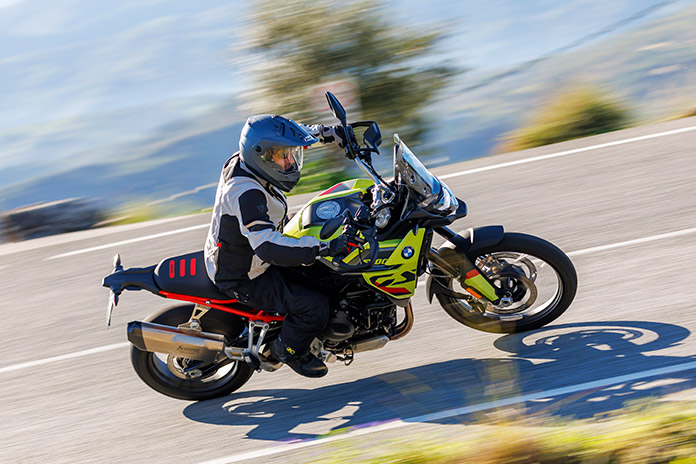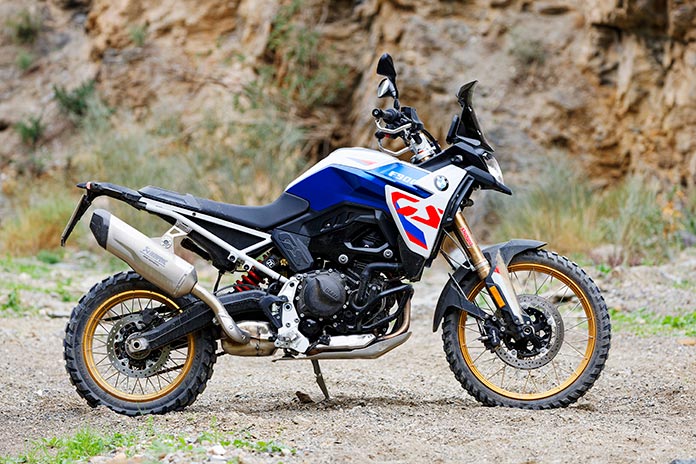
Women in motorcycle racing have always been the exception, not the norm. To change that, Royal Enfield’s Build. Train. Race. was created as a one-of-its-kind program that invites women riders to build their own Royal Enfield motorcycle and prepare it for racing, train with professional coaches, and compete in a series of races in either flat-track or roadracing.

Royal Enfield Build. Train. Race. hopefuls send in their applications each season, and those who are chosen compete for one or two seasons. In the roadracing category, the women are given Royal Enfield Continental GT 650s, while the flat-trackers get INT650s. At the end of their time in the program, the competitors keep their bikes. One of the goals of BTR is to provide women with a starting point from which they can launch a career in racing.
The 2024 season includes four races and 10 competitors for flat-track and five races with 13 competitors for roadracing. The second roadracing event of the season was held June 1-2 at Road America in Elkhart Lake, Wisconsin, and we were happy to accept Royal Enfield’s invitation to the Royal Enfield Experience Center in Milwaukee to find out more about the series and ride to Road America to see the action.

The Royal Enfield Experience Center is located in a brick building that was once a dealership. Upon entering, you’ll notice significant historical Royal Enfield motorcycles and memorabilia displayed around the room, as well as examples of the current lineup. In the back of the building, bikes were on stands being worked on. It doesn’t take long to tour this small center, but if you’re a Royal Enfield fan, a visit and some riding in the area are well worth the trip.

With the other journalists who would be joining the ride gathered, we each swung a leg over a bike in front of the Experience Center and took off through the streets of Milwaukee. I was mounted on a Royal Enfield Super Meteor 650, a bike I’d ridden and reviewed before in Dallas, Texas.

GEAR UP
- Helmet: Scorpion EXO Covert FX
- Jacket: Joe Rocket Wicked
- Gloves: Fly Racing Street Brawler
- Pants: Alpinestars Daisy V2 Women’s Riding Denim
- Boots: Highway 21 Axle Leather Waterproof
We took a scenic route up to Elkhart Lake, following flowing roads through the countryside and weaving into and out of forests and farmland. It’s a beautiful ride and another great reason to visit Road America for the MotoAmerica events. About halfway through our ride, rain began to fall, and it would continue falling throughout the day, resulting in a wet track for those competing.

When we arrived at Road America and the Royal Enfield paddock, motorcycles screaming down the track drowned out the sounds of Royal Enfield racers and crew members checking over the bikes and discussing the upcoming races. Build. Train. Race. was scheduled for later in the day, so we had a few hours to chat with the competitors, explore the track, and watch the other races.

The first thing I noticed in the Royal Enfield paddock was the sense of friendship and community. The racers and crew members joked with each other as they checked over the bikes. Everyone was there to compete, but they were also there to enjoy the experience, improve themselves, and learn.
Shea MacGregor is new to roadracing this year. A motocross racer for most of her riding life, she came to the Build. Train. Race. roadracing series to try something new.
“We’re all very competitive and we all want to win, but it’s a great community,” said MacGregor. “Everybody wants everybody else to be here too because we all want to race. I crashed this morning, and as soon as I got back, everybody was like, ‘How can I help you? What do you need?’”

Another newcomer this year, Lucy Blondel, has been riding on street for seven years and started racing last year. Blondel is a picture of resilience, and even though she had a rough opening weekend at Barber, she showed up to the races at Road America ready to try again.
“Barber was really awful for me. I didn’t expect how intense it was going to be,” said Blondel. “I was having panic attacks, and I was just done. I’ve worked through that since. I put a lot of pressure on myself. I come from a family where that’s always been a thing, and you think through that failure if you don’t meet the expectations you set for yourself. So I’m just mentally prepared to be in the race by myself, improve my times, and then I’ll eventually get in the race with everyone else.”
Mikayla Moore is the dominating force in BTR. During her first year in the BTR program in 2023, she won every race. The opening double-header at Barber in May continued that streak with two more victories for Moore. But as I walked around the paddock on Saturday, Moore was noticeably absent.
I found out that Moore, who was also planning to debut in the BellissiMoto Twins Cup class that weekend, had an accident in the Twins Cup qualifying rounds that caused an injury to her thigh. X-rays showed no broken bones, but her muscle was injured.
As the women rolled into pit lane to begin their warm-up laps, the rain had slowed to a light sprinkle, but the track wouldn’t have a chance to dry before the race. Moore joined the riders in pit lane for the warm-up lap, but she dismounted the bike after one lap while shaking her head, clearly not feeling up to a race that day.
With Moore out of the race, an opportunity opened for someone else to score her first victory of the season. Moore quickly changed out of her leathers and joined the crew in pit lane to cheer on the others, while those still mounted on bikes put their heads down and got ready. These women who were so jovial in the paddock a few hours ago were now serious competitors determined to cash in a win.
Off the start, first-year racer Cassie Creer leapt ahead of the pack and continued putting distance between herself and those behind her, gaining up to a 5-second lead. However, Emma Betters continued improving her lap times and slowly closing the gap. Many of these racers were unfamiliar with racing in wet conditions, but they continued improving and gaining confidence on each lap of the 4.05-mile, 14-turn track.
When Creer crossed the checkered line, Betters had gotten within 0.225 second of her for a close 2nd-place finish. Camille Conrad, another first-year racer, finished in 3rd.

At the podium, Mikayla Moore was the first one to congratulate the racers and give everyone a pat on the back. All the BTR ladies smiled widely as Creer, Betters, and Conrad took their podium spots. Just as quickly as the women had gotten serious and competitive when the race started, they became convivial friends again once the race was over.

While I was on a flight back home the next day, the BTR ladies headed onto the track for the second race of the weekend. Moore, with a full day of rest to recuperate and a dry track beneath her tires, took the victory ahead of Aubrey Credaroli and Cassie Creer. Moore is leading in the standings with 75 points, but her absence from Saturday’s race allowed Emma Betters and Camille Conrad to narrow the gap, both with 65 points.
The Royal Enfield Build. Trian. Race. roadracers compete again on June 30 at Ridge Motorsports Park in Whelton, Washington. They’ll have the chance to catch their breath before the final race of the season on Aug. 18 at Mid-Ohio Sports Car Course in Lexington, Ohio.

If you haven’t seen the BTR action in person, I encourage you to get out to the races and see it for yourself. You’ll be witnessing the early stages of a greater diversity in motorcycle racing, and once BTR graduates are competing in other classes with bigger stakes, you’ll be able to say you saw them at their beginnings. We’ll certainly be keeping an eye on where these ladies go next.
Visit the Royal Enfield Build. Train. Race. website for more information.
The post Royal Enfield Build. Train. Race. at Road America 2024 appeared first on Rider Magazine.
Source: RiderMagazine.com



























